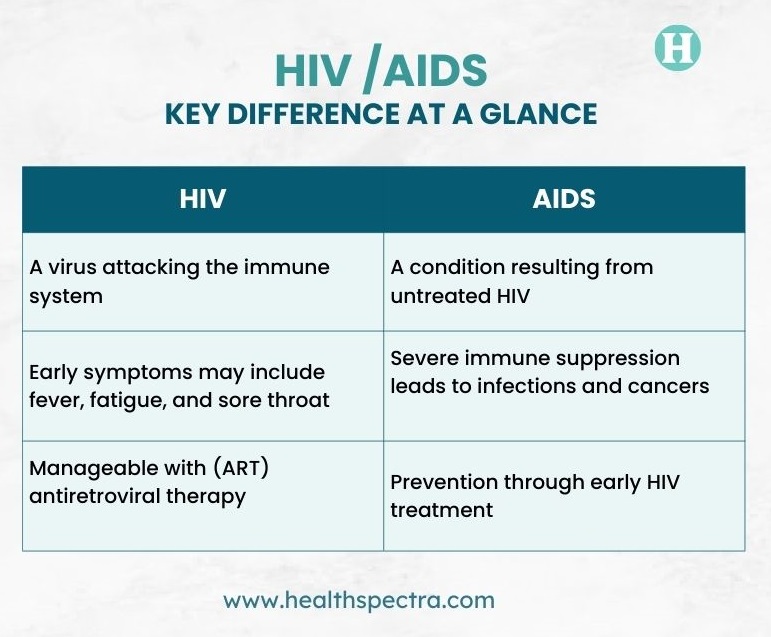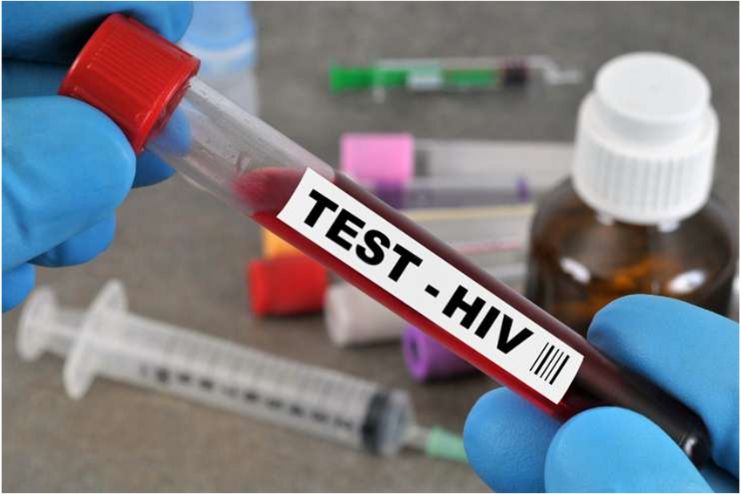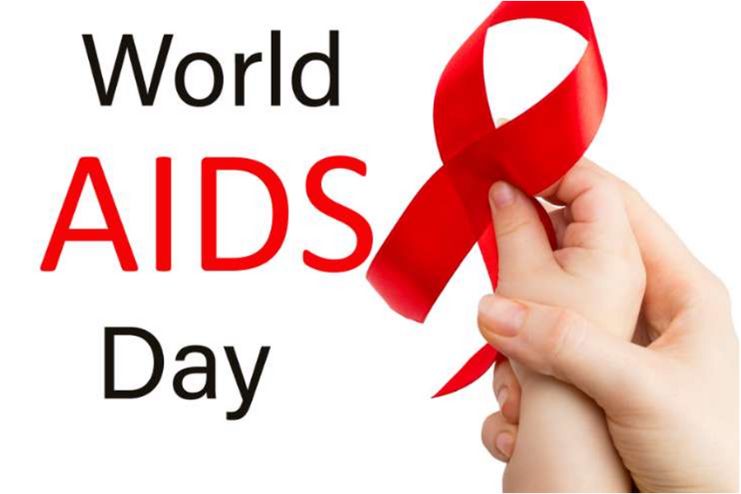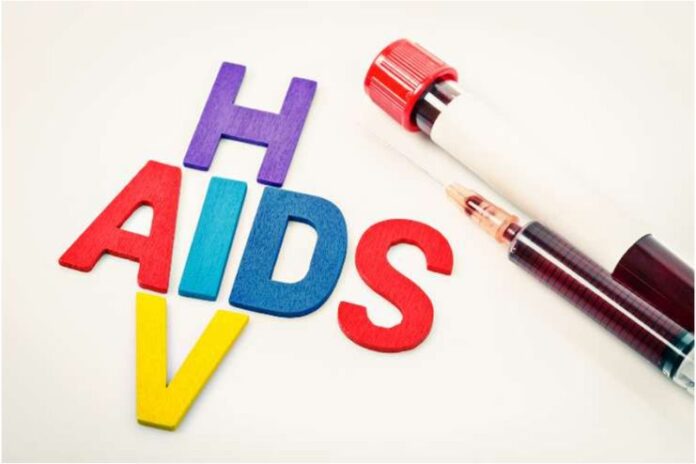Affiliate Disclaimer
Some links in this article are affiliate links. We may earn a small commission if you make a purchase through these links, at no extra cost to you. We only recommend products we find useful to our readersEvery year on December 1st, the world observes World AIDS Day, which is more than just a date on the calendar—it is a call to action. In 1988, the global community reached a significant milestone in the fight against the HIV/AIDS epidemic by establishing it as the first International Health Day. Its importance stems from its capacity to unite people, dispel stigmas, and elevate the voices of those impacted by the illness.
Although people often use the phrases HIV and AIDS together, they describe different stages of a global health issue that requires clarification. The root cause is the Human Immunodeficiency Virus (HIV), a virus that targets the immune system and makes it susceptible to infections.
The advanced stage of this illness, known as AIDS, or Acquired Immunodeficiency Syndrome, is characterized by significant immunological destruction. It’s not just words; understanding the difference is essential for prevention, successful treatment, and early discovery.
Understanding AIDS: What It Is and How It Differs from HIV
AIDS and HIV are not the same, but still, they are connected. HIV is a virus that targets CD4 cells, which are essential for battling infections, and infiltrates the body’s immune system. If left unchecked, the constant attack eventually erodes the immune system, making the body more susceptible to opportunistic infections and some types of cancer.
Conversely, AIDS is a condition—a group of symptoms and diseases resulting from severe immune system damage brought on by untreated HIV—rather than a virus. A CD4 cell count of less than 200 or the development of certain potentially fatal conditions like pneumonia or tuberculosis indicate the most advanced stage of HIV infection.
Not all HIV-positive people will get AIDS. If a person does not take antiretroviral therapy (ART), the infection will progress to AIDS, typically within 10 to 15 years.
Many infected people are unaware that they have the virus. More than 160,000 of the almost 1.3 million HIV-positive individuals in the United States are undiagnosed and not receiving treatment.
In the United States, healthcare providers diagnose around 17,000 people with AIDS annually and report 36,000 new cases of HIV infection each year. As of 2023, 39.9 million individuals worldwide were HIV positive.
Key Difference at a Glance
 By making this distinction, we enable people to take proactive measures for prevention and treatment, dispel myths, and seek early care.
By making this distinction, we enable people to take proactive measures for prevention and treatment, dispel myths, and seek early care.
Methods of Testing and its Importance

Being aware of your HIV status is essential for public and personal health. Thanks to developments in medical technology, HIV testing is now more widely available and may be done in various ways to meet individual requirements and preferences. HIV testing comes in three types of varieties: nucleic acid tests (NAT), antibody tests, and antigen/antibody tests.
● Test for antibodies
An antibody test checks the oral or blood fluid for HIV antibodies. Antibody testing is the most quick and the only HIV self-test that the U.S. Food and Drug Administration (FDA) has authorized. Compared to testing using oral fluid or blood from a finger stick, antibody tests using blood from a vein can identify HIV earlier.
● Test for antigens and antibodies
An antigen/antibody test seeks HIV antibodies and antigens. In the United States, laboratories widely use antigen/antibody assays and recommend them for testing. Blood must be drawn from a vein for this laboratory test, but a quick antigen/antibody test using fingerstick blood is also available.
● Test for nucleic acids (NAT)
A NAT searches blood for the virus itself. During a NAT, a medical professional takes a blood sample from a vein and sends it to a laboratory for analysis. This test (HIV viral load test) can determine whether a person has HIV or the amount of virus in their blood. Compared to other test types, NAT can identify HIV earlier.
You must conduct HIV testing regularly. Antiretroviral therapy (ART), which can successfully manage the virus, stop it from progressing to AIDS, and significantly lower the risk of transmission, can be started as soon as possible because of early detection.
Strategies for Reducing HIV Transmission
Proactive, well-informed actions that empower people and communities are the first step in reducing HIV transmission.
- Safe sexual practices are essential; regular condom use and frequent testing for both partners provide a barrier of protection against the virus.
- Medical developments like PrEP (Pre-exposure Prophylaxis) provide a revolutionary preventative option for high-risk individuals. PrEP lowers the risk of HIV transmission by more than 99% when taken daily. Similarly, PEP (Post-Exposure Prophylaxis) can be administered in an emergency if initiated within 72 hours of the possible exposure.
- Syringe services programs (SSPs), which make sterile needles and syringes available and make it easier to dispose of old materials, are present in many localities. Syringe exchange programs (SEPs) and needle exchange programs (NEPs) are other names for them.
- Another achievement of contemporary medicine is preventing transmission from mother to child during pregnancy. Appropriate antiretroviral therapy can reduce the risk of HIV transmission to the fetus to less than 1%. Achieving this result requires routine prenatal care.
- Lastly, education is essential to busting falsehoods and eliminating HIV stigma. Communities promote acceptance, testing, treatment, and candid communication when they know the science behind transmission and prevention.
Advances in HIV Treatment and Care

Over time, HIV treatment has seen significant change, giving millions of people hope and longevity. Antiretroviral therapy (ART), a mix of drugs intended to inhibit the virus and stop its reproduction, is at the core of contemporary treatment. ART maintains the immune system and stops HIV from developing into AIDS by bringing blood HIV levels down to undetectable levels.
ART is a preventative measure as much as a treatment. When HIV is undetectable with regular ART usage, it cannot be sexually transmitted. This concept is known as the U=U (Undetectable = Untransmittable). It emphasizes the importance of strictly following prescription regimens because even minor deviations might cause the virus to resurface and pose a greater health risk.
New therapy possibilities are pushing the limits of science. While immune-based medicines and gene-editing technologies provide encouraging insights into the future, long-acting injectable drugs simplify regimens.
A combination of vorinostat and immunotherapy may be able to coax HIV-infected cells out of latency and attack them, according to a new clinical trial headed by Cynthia Gay, MD, MPH, associate professor of infectious diseases; David Margolis, MD, the Sarah Kenan Distinguished Professor of Medicine, Microbiology & Immunology, and Epidemiology; and other medical professionals and researchers at the UNC School of Medicine.
How You Can Get Involved: Supporting World AIDS Day

There are several opportunities to significantly contribute to the global effort to combat HIV/AIDS by supporting World AIDS Day. Here are a few practical actions:
Take Part in Events:
To increase awareness and money, participate in fundraisers, online webinars, or community events. You can readily join in the events and campaigns organizations like World AIDS Day host.
Participating in HIV/AIDS support group volunteer work:
Another powerful method to help is to volunteer your time to organizations that serve individuals living with HIV/AIDS. There are chances to volunteer and directly assist people in need through organizations like AMFAR and The Elizabeth Glaser Pediatric AIDS Foundation.
Contribute to Organizations:
Support groups focusing on prevention, treatment, and care programs worldwide, such as UNAIDS or the National AIDS Trust. In-kind or monetary donations can increase the availability of services in underprivileged areas.
Educate and Increase Knowledge:
Above all, raise awareness of HIV and AIDS by using your voice. Starting candid, educated discussions may dispel myths, share information, and lessen stigma. You may join the worldwide effort to create a generation free of HIV by acting in any of these ways.
Conclusion
The battle against HIV/AIDS is far from ending, but the key to ending the epidemic is continued education, routine testing, and efficient preventive and treatment methods. We are getting closer to a time when HIV is not a concern with every step we take to increase awareness and provide access to care. The prospect of a cure is attainable because of ground-breaking medical discoveries and an international dedication to research. We must fight with empathy, solidarity, and resolve as people, communities, and nations. By working together, we can make it possible for HIV/AIDS to have no further impact on our future.
References
- https://my.clevelandclinic.org/health/diseases/4251-hiv-aids
- https://hivinfo.nih.gov/understanding-hiv/fact-sheets/hiv-and-aids-basics
- https://www.webmd.com/hiv-aids/hiv-aids-difference
- https://www.hiv.gov/hiv-basics/overview/about-hiv-and-aids/what-are-hiv-and-aids
- https://www.healthline.com/health/hiv-aids/hiv-vs-aids#transmissions
- https://www.aidsmap.com/about-hiv/faq/what-difference-between-hiv-and-aids
- https://www.cdc.gov/hiv/testing/index.html
- https://www.ncbi.nlm.nih.gov/books/NBK470281/
- https://www.healthline.com/health/hiv-aids/hiv-prevention/hiv-prevention#takeaway
- https://www.cdc.gov/hiv/prevention/index.html
- https://www.cdc.gov/hivpartners/php/riskandprevention/?CDC_AAref_Val=https://www.cdc.gov/hiv/risk/estimates/preventionstrategies.html
- https://pubmed.ncbi.nlm.nih.gov/37490439
- https://viivhealthcare.com/ending-hiv/towards-a-hiv-cure
- https://www.nm.org/healthbeat/medical-advances/new-therapies-and-drug-trials/current-state-of-hiv-and-aids-treatment
- https://globalhealth.unc.edu/2024/02/new-trial-highlights-incremental-progress-towards-a-cure-for-hiv-1
In this Article




















